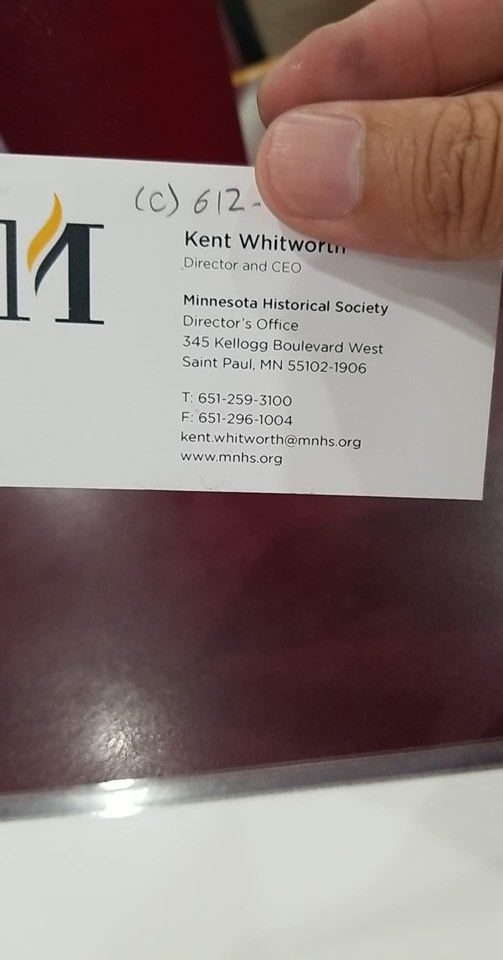Diane Berthel is a Board Member Emeritus at the Minnesota Historical Society (MNHS); a friend of our friends at Alight; and someone whose retirement mandates fulfilling a humanitarian journey from Cambodia to Rawanda; From Saint Paul to Tanzania.
Diane was kind and “karing” to have introduced Managing Director of IKARE, Mr. Kosol Sek, to the MNHS CEO and Director, Mr. Kent Whitworth, for a discussion of mutual interests with the National Khmer Legacy Museum. Certainly we are excited about any collaboration effort for inclusion of the Cambodian diaspora who call Minnesota and America “Home” while teaming with the State’s finest museum institution.
A side effect from the meeting was Diane’s mentioning of her undiscovered writing that was previously submitted to the NY TIMES on NEW YEARS DAY 2016.
“For me, 2015 will end in Phnom Penh, Cambodia where, for the average Cambodian, joy and sorrow are in equal parts. Here for a month, I work with an NGO whose goal is to change the lives of the 85% of Cambodians who live in rural provinces. Rural poverty is worn with grace and every small contribution is valued. But it is real and the results evocative. The difference that micro loans, training on sustainable farming and business practices along with help getting products to market is measured in a reduction of child labor, domestic abuse and an increase in healthy food and children in school. It is satisfying work!
Tonight a tuk tuk driver asked for $3 for a ride back to my volunteer house. I said ” No, I will give you $4″. He giggled (yes, like an eight-month old baby) and stopped to share the story with drivers along the way. I was warmed that a dollar could create so much pleasure and good will. This lovely country is a petri dish for my learning and self-awareness.
Why Cambodia? A young adult in the 1970’s, I remember vague stories about Cambodia but never fully understood the complexity of our Cold War foreign policy until Pol Pot and the Killing Fields were exposed. Here, I am up close and personal with it. The stories are heartbreaking. Last night my cab driver talked about his parents. They were exiled from Phnom Penh in 1975, separated, forced to marry a stranger and work in the fields 12 hours a day with little food. In 1981 they were reunited. Part of their family was never found. It is likely that part of the family did not escape the Killing Fields outside of Phnom Penh, a mass grave of hundreds of thousands of Cambodians murdered for being the wrong religion, ethnicity, overly educated or simply suspicious. Cambodia lost millions – over 25% of its population. At the Killing Fields it is necessary to walk with caution to avoid the teeth, bones and clothing that continue to surface from the ground. Staff collect them once a month for the museum but they will, no doubt, continue to surface for generations. The people buried there are not finished telling their story.
It is hard not to reflect on the news from home. Last week I ask Sreng, at our volunteer house, how this genocide could have happened. He said “Pol Pot’s power came from teaching people to hate each other.” Yes, we are fortunate in the US but this is a powerful reminder that we all can be led to community or to the slippery slope of hate and suspicion. I am grateful for the many gifts of being a US citizen and, at times, disheartened by our hubris.”
Perhaps what makes Diane’s writing most pulling is that as Americans, whether Naturalized or born, we routinely forget that hate and suspicions are taught just as her friend Sreng had reflected in his one sentence about Pol Pot’s rise to power.
